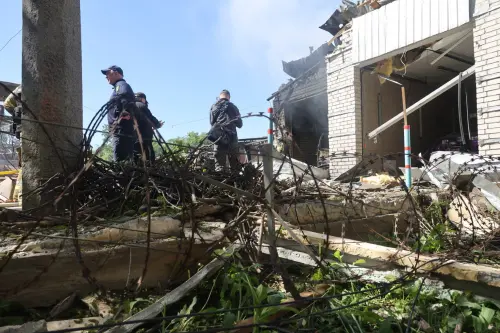INTRODUCTION
Police infrastructure in Pakistan is one of the most poorly managed organizations in the state. It is aptly described as ill-equipped, poorly trained, deeply politicized and chronically corrupt. It has performed well in certain operations but overall that is a rare phenomenon. Arguably, the primary reason for this state of affairs is persistent governmental failure to invest in law enforcement reform and modernization. It is ironic that despite frequent internal crises in the country since its inception in 1947, ranging from ethnic confrontations and sectarian battles to sharp rise in criminal activity and growing insurgencies, this sector was never given top priority by the policy makers – both political and military. Hence, poor police performance in counter-terrorism and counterinsurgency is not surprising. At the same time, the fact that police succeeded in 1990s in challenging some religious militant groups in Punjab and defeated an insurgency like situation in Karachi, however, shows that in circumstances where political support was present and resources were provided, police demonstrated its potential to deliver.
Since the 9/11 attacks and the consequent US/NATO military action in Afghanistan, Pakistan’s North West has come under increasing pressure of militant and terrorist organizations operating in the area. Pakistan’s deficient law enforcement capacity in the Federally Administered Tribal Areas (FATA) and adjacent North West Frontier Province (NWFP) helped Pakistani Taliban and other terror outfits to expand their area of influence in the region. Controversial and haphazard Pakistani military action in the area lead to more instability and limited resistance in FATA has now turned into a growing Pashtun regional insurgency. As evident from the developing turmoil in the Swat district of NWFP, army action can only provide a breathing space to state and it is police and law enforcement action that can truly help the state re-establish its writ in the area. A timely police action can be more effective in quelling emergent insurgencies. My research into the 2007 Lal Masjid (Red Mosque) crisis in Islamabad, where a strong military operation in 2007 led to hundreds of deaths, also establishes that: a) an effective police action in time (2004-05) could have avoided the later bloody clash, and: b) police lacked authority and permission of the state and its important institutions to actively and legally pursue the militants in the mosque (during 2004-07 timeframe).[1]
A comparative study of police role in counterinsurgency campaigns in Malay and Cyprus by Dr. James Corum insightfully concludes that nearly all major counterinsurgency campaigns of the 20th century have relied heavily on indigenous police as well as military forces.[2] [This study is relevant to the Pakistan case due to some important commonalities between the FATA/NWFP insurgency and the Malayan and Cypriot cases of 1950s.][3] In another valuable study titled Best Practices in Counterinsurgency, Dr. Kelev I. Sepp provides a list of successful counterinsurgency measures emphasizing significance of the role of police.[4] He gleaned his lessons from closely studying 17 insurgencies and considering aspects of additional 36 insurgencies. His recommended measures include steps such as: “Police in lead; military supporting”, “Police force expanded; diversified” and “Focus on population, their needs and security” clearly establishing the centrality of police role in successful counterinsurgency operations.
This paper briefly looks at the major problems faced by Pakistan police to analyze the dynamics influencing its overall performance. It also makes recommendations for the reform of the police department, especially in the context of rise in militant activity and growing insurgency in different parts of the country. The paper also provides a short bibliography of important books and papers on Pakistan police for further research.
[1] The interviews were conducted in June 2008 and author perused police record of the cases that were registered against the Red Mosque militants in earlier years.
[2] James S. Corum, “Training Indigenous forces in Counterinsurgency: A Tale of Two Insurgencies”, March 2006, Strategic Studies Institute, available at: http://www.strategicstudiesinstitute.army.mil/pdffiles/PUB648.pdf
[3] In both cases, the effectiveness of counterinsurgency campaign was depended upon success of the government in winning support among the disaffected segments of a major ethnic group. Secondly, the training, professionalism, and leadership of the security forces in these cases played a central role in the government’s ability to win civilian support. At the beginning of each of these conflicts, the respective police and security forces were undermanned, underpaid and inadequately trained for conducting counterinsurgency. In the Malayan case, which was more successful of the two, success largely depended on government’s ability to recruit, retrain, and reorganize the indigenous police force.
[4] Kelev I. Sepp, “Best Practices in Counterinsurgency”, Military Review, May-June 2005, 8-12, available at: http://www.au.af.mil/au/awc/awcgate/milreview/sepp.pdf


